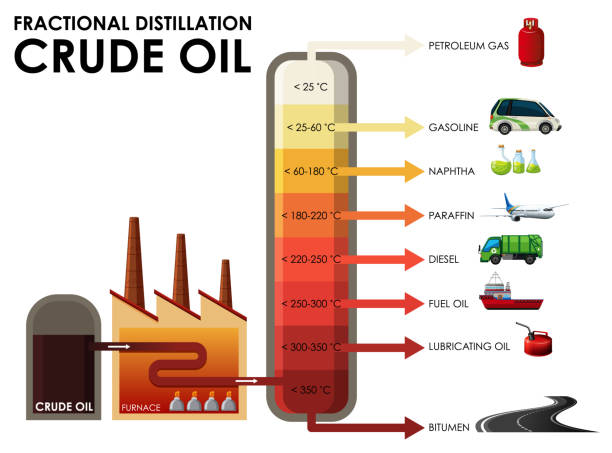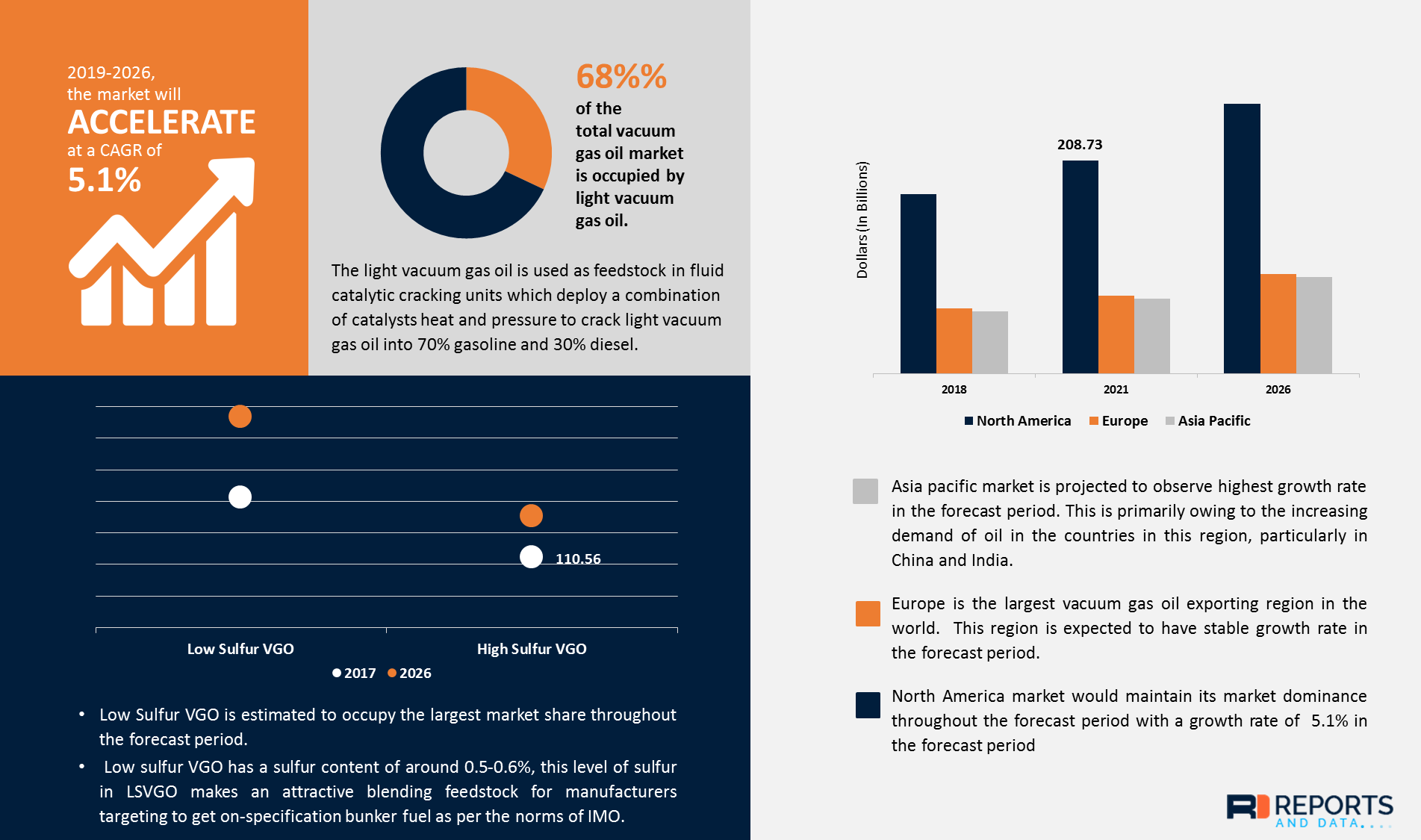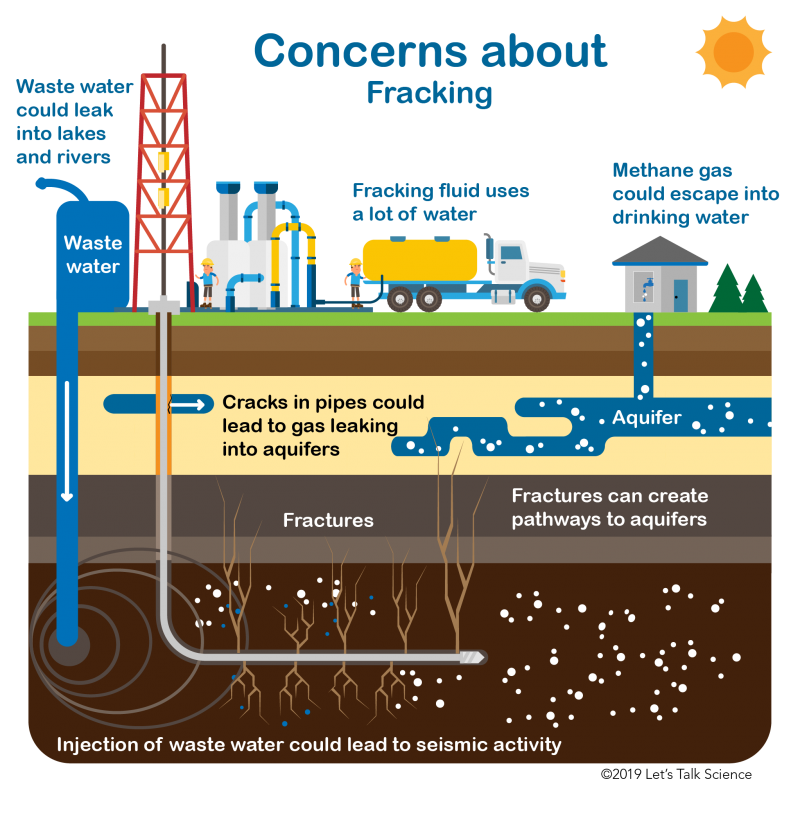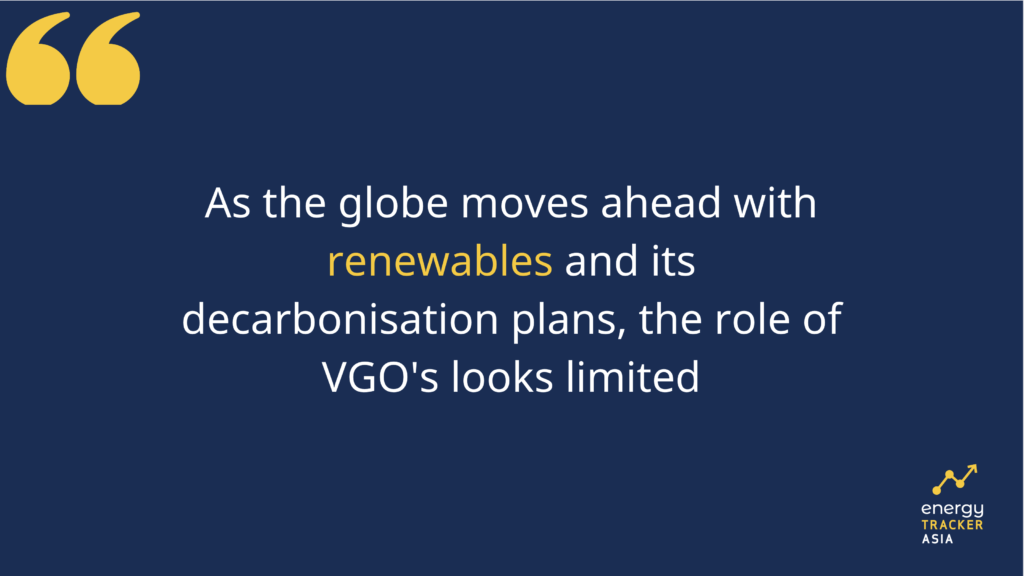Could the Rise of Vacuum Gas Oil (VGO) Signal the Fall of Oil?
02 June 2024 – by Eric Koons Comments (0)
What is Vacuum Gas Oil?
Vacuum Gas Oil (VGO), or gas oil, is one of the fastest-growing sectors of the fossil fuel industry. So what is VGO? It is produced as a byproduct in the crude oil refining process, VGOs are a complex mix of hydrocarbons.
Vacuum Gas Oil Uses
Vacuum Gas Oil (VGO) is a versatile product derived from the refining process, finding extensive applications in various industries. One of the key uses of VGO is as a feedstock in catalytic cracking units to produce lighter fuels such as gasoline and diesel. Its high boiling point and low sulfur content make it an ideal component for blending with other refined products to meet stringent fuel specifications.
Upgrading VGO into other fuels makes it extremely valuable by allowing flexibility in the fuel constituents produced – longer or shorter chain hydrocarbons. However, despite its efficiencies, the environmental impacts are a cause for concern.
How is Vacuum Gas Oil Made And How Units are Refined?
To first understand the role of VGOs, we need to look into the initial oil refining process down to the crude.
When crude oil arrives at a refinery, it enters a steam boiler and a distillation tower. Here, separating several fuel ranges based on boiling points occurs.
Smaller hydrocarbon chains have lower boiling points and produce highly desirable fuels – propane, gasoline, kerosene, diesel. Alternatively, longer hydrocarbon chains have higher boiling points and generate less desirable products such as lubricants and asphalt.

But before the extraction of longer hydrocarbon chains, the crude goes through a cracking unit. The cracking unit breaks hydrocarbon chains into smaller sections, turning them into more valuable fuels such as gasoline and diesel. This process is where the “vacuum” in VGO comes in.
The remaining large carbon chain products move into a vacuum distillation system. By creating a vacuum, the boiling point of the products is lower. The lower boiling point allows distillation at lower temperatures, allowing the breaking apart of these larger products more economically feasible.
The entire production process means that more “useful” fuels develop from raw crude oil. In other words, vacuum gas oil.

What Is Behind the Popularity of VGO Oil?
As we move past peak oil and existing reserves become more costly to extract, increasing refinery efficiency is becoming ever more critical. As a result, fuel sources such as VGO’s can become a cost-effective way to generate more fuel from existing crude supplies.
The Growth of Vacuum Gas Oil Market
Major refineries are noticing. Between 2016-2019, three new vacuum gas oil facilities were developed globally by Gazprom Neft, Zhejiang Petrochemical and Lukoil. All focused on upgrading VGO’s to valuable fuels.
This focus on VGO’s has seen the market share jump significantly. The market size in 2018 was USD 346.8 billion, and experts believe it may grow to USD 527.2 billion by 2026 – a 52% increase in just eight years.
The Asia Pacific (APAC) region expects to see the highest growth rate (5.5%) as demand for fossil fuels in the area continues its climb.

Fracking and Vacuum Gas Oil
The environmental costs of the extraction and refinement of all fossil fuels are enormous. But VGO’s have an even more consequential impact as they are also a byproduct of shale oil originating from fracking.
Many of the oils extracted during fracking are thick, with long hydrocarbon chains – ideal for vacuum gas oil.
The environmental impacts of traditional fossil fuels and fracking are well known, but fracking stands out above its counterparts due to its reliance on and destruction of natural resources. Some of the impacts of fracking are:
- Requiring water and other dangerous chemicals to be combined and used for the process
- Releasing methane as a byproduct during the fracking process
- Causing irreparable damage to water tables from byproducts and poorly built wells

The consumption and contamination of water are the prime negative characteristics of fracking. These environmental impacts, by association, includes VGO’s. Across the globe, fracking concerns are now widespread, yet the practice drags on.
The Future of Vacuum Gas Oil
While being an oil and gas industry development and increasingly becoming more economically viable, the future of VGO’s remains unclear. VGO’s association with fracking and the environmental and health costs that come with it are a cause for concern, along with other more attractive alternative fuels and the electrification of society.
As the globe moves ahead with renewables and its decarbonisation plans, the role of VGO’s looks limited. The energy mixes based on renewables and electrification of multiple nations are already chipping away oil’s historical market dominance. The transition happening before our eyes could spell the end of the world’s addiction to oil.

by Eric Koons
Eric is a passionate environmental advocate that believes renewable energy is a key piece in meeting the world’s growing energy demands. He received an environmental science degree from the University of California and has worked to promote environmentally and socially sustainable practices since. Eric’s expertise extends across the environmental field, yet he maintains a strong focus on renewable energy. His work has been featured by leading environmental organizations, such as World Resources Institute and Hitachi ABB Power Grids.
Read more






